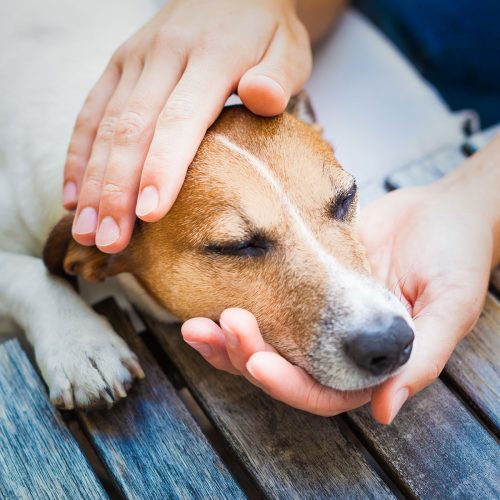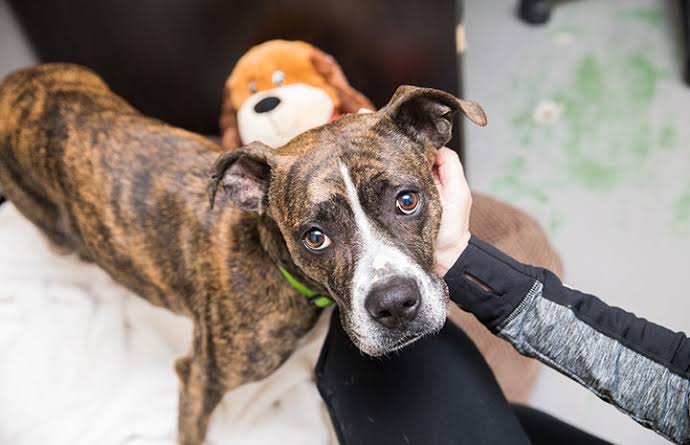Bringing a rescue dog into your home is an incredible act of compassion. But as heartwarming as the story is, we all know the real adventure begins when it’s time to integrate them with the other four-legged (or feathered or scaled) members of your family.
If you’re sitting on the couch with a rescue pup curled up beside you and your cat giving the side-eye from across the room, you’re not alone. Socializing a rescue dog with other pets is totally doable—it just takes time, patience, and a game plan. And don’t worry, we’ve got you covered every step of the way.
First Things First: Understanding the Rescue Dog’s Background
Before diving into introductions, it’s important to remember that rescue dogs often come with baggage. They might’ve been neglected, abused, or simply never exposed to other animals. Their behavior might not always make sense at first—but there’s always a reason behind it.
Some dogs are scared of other animals because of past trauma. Others might get overexcited simply because they’ve never had furry friends before. The more you know about your dog’s background (which shelters or rescues can sometimes provide), the better you’ll understand how to approach socialization.
Quick Tip:
Take your time to bond with your rescue dog before making any introductions. Let them learn that you’re their safe space first. Trust is the foundation for everything that follows.
Step 1: Set Realistic Expectations
Let’s be honest—Disney moments where your rescue pup and senior cat become besties overnight are pretty rare. Most successful introductions take days or even weeks. And that’s okay!
Instead of expecting love at first sight, aim for peaceful coexistence first. Friendship might blossom later, but harmony is your first win.
Step 2: Prepare a Safe Space for Everyone
Each pet in your home—whether it’s your rescue dog, your long-time Labrador, your grumpy old cat, or even your chinchilla—needs their own safe space.
This isn’t just a comfy bed or crate (although that helps). It’s a place where they can retreat and relax without being bothered.
- For your rescue dog: A quiet, low-traffic room works best for the first few days.
- For your existing pets: Keep their routines as normal as possible. This helps them feel secure even as a new pack member joins.
Pro Tip:
Use baby gates or pet barriers to create physical boundaries while allowing visual and scent exposure. It’s a great way to start low-pressure interactions.
Step 3: Scent Before Sight
Animals rely on their noses way more than we do. Before they even meet face-to-face, let them get to know each other through scent.
Here’s how:
- Swap bedding or blankets between pets.
- Rub a towel on your rescue dog and place it near your other pets (and vice versa).
- Let them sniff under the door or through a gate.
These scent introductions help reduce anxiety and make the eventual meeting less overwhelming.
Step 4: Start with Controlled Visual Introductions
Once everyone’s had a chance to “smell” each other, it’s time for the first glimpse. Use a baby gate, playpen, or even a leash to keep things controlled.
Watch both animals closely. Look for body language cues like:
- Relaxed posture and loose tails = good signs
- Stiff bodies, growling, hissing, or lunging = time to slow down
Keep sessions short and positive. If things seem tense, don’t worry. Take a break and try again later. No pressure!
Step 5: Leashed, Short, and Positive First Meetings
Once your rescue dog and other pets have seen each other calmly a few times, it’s time for a formal meeting.
Keep your rescue dog on a leash, and make sure your other pet can move freely (unless it’s another dog, in which case leashing both is fine).
What you want to see:
- Sniffing and walking away
- Brief interactions
- Positive or neutral responses
What you don’t want to see:
- Fixated staring
- Snarling or growling
- Overly hyper behavior
Keep these sessions short—just a few minutes. End on a positive note, even if that means cutting things short before they escalate.
Step 6: Use Positive Reinforcement Like It’s Your Superpower
Here’s the secret sauce to successful pet introductions: treats, praise, and more treats.
Reward your rescue dog (and other pets!) for calm, friendly behavior. A quiet moment, a tail wag, a simple “ignore” instead of growling? Treat time!
Positive reinforcement helps your pets associate each other with good things. It’s how you turn “Who’s this new guy?” into “Oh! He’s cool—he means cookies!”
Step 7: Supervised Together Time (with Escapes Available)
Once everyone is shown they can behave around each other with a barrier or leash, start allowing short supervised time together in the same space.
Still watch closely. Still keep treats handy. Still keep things calm.
Make sure there are escape routes—especially for cats. A cat tree, high perch, or open room helps them feel safer. For dogs, a quiet corner or crate can do the trick.
Keep adding time gradually. A few minutes here, a few more the next day. Over time, your pets should start to accept each other as part of the family.
Step 8: Watch for Warning Signs (and Know When to Slow Down)
Even with your best efforts, things might not go smoothly at first. That’s perfectly normal.
Here are a few red flags to look for:
- Constant growling or barking
- Guarding food, toys, or space
- Over-fixation (like staring without breaking eye contact)
- Any sign of aggression
If you see any of these, pause the process. Go back a step or two. It’s better to go slow than to push too fast and damage trust.
And if things feel out of your depth, don’t be afraid to reach out to a professional dog trainer or behaviorist—preferably one with experience in rescue dogs.
Special Notes for Specific Pets
Dogs Meeting Dogs
Some rescue dogs have never been around other dogs—or worse, have had bad experiences. Watch for:
- Mounting behavior
- Over-excitement
- Bullying or dominant behavior
Use neutral ground (like a quiet park) for the first meeting when possible, and always supervise closely.
Dogs Meeting Cats
This combo can take extra time, especially if your rescue dog has a high prey drive.
Start with a barrier like a baby gate. Use a leash for the dog and make sure your cat has vertical escape space. Always reward calm behavior and never force interaction.
Dogs Meeting Smaller Pets (like rabbits, birds, or reptiles)
Extreme caution here. Many dogs, especially rescues, see small pets as prey, not friends.
Keep small pets in secure enclosures. Never leave your rescue dog alone with them. In some cases, peaceful coexistence (rather than actual interaction) is the safest goal.
Step 9: Stick to a Routine
Dogs—especially rescues—thrive on structure. Keeping a predictable routine helps reduce anxiety for everyone.
- Feed pets at the same times daily
- Walk your dog regularly
- Have consistent quiet and play times
When your rescue dog knows what to expect, they’re less likely to feel overwhelmed or stressed. And when everyone feels safe, socialization goes much more smoothly.
Step 10: Celebrate the Wins (Even the Tiny Ones)
It’s easy to get discouraged if your pets aren’t snuggling by week two. But every small step is a big win.
Did your dog ignore the cat walking by? Awesome. Did your older dog allow a sniff without growling? That’s progress. Celebrate those moments. They’re the stepping stones to peace—and maybe even friendship.
Final Thoughts: It’s a Journey, Not a Race
Socializing a rescue dog with other pets isn’t a checklist—it’s a journey. Every pet is unique, and every situation is different. Some households will see quick bonds. Others will need weeks or months of baby steps.
The key is patience, love, and a whole lot of treats. You’ve already done the amazing thing by giving a rescue dog a second chance. Now, with a little time and effort, you’re building a peaceful, happy pack—one tail wag at a time.
And trust me, that first moment when your rescue dog curls up next to your longtime pet? It’s pure magic. Totally worth the wait.



